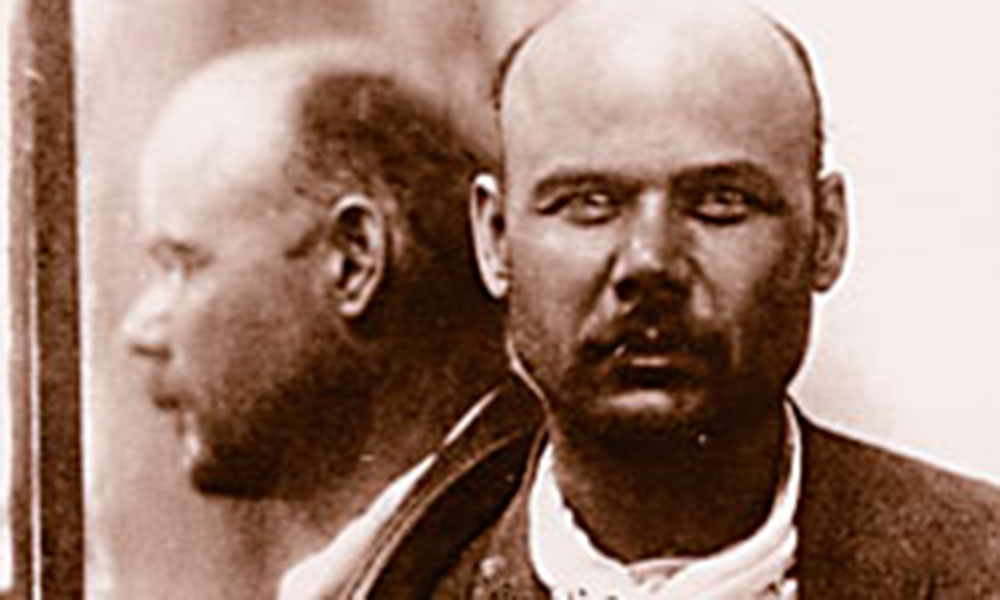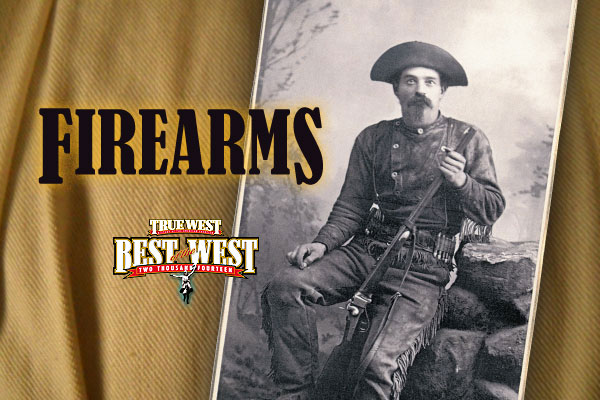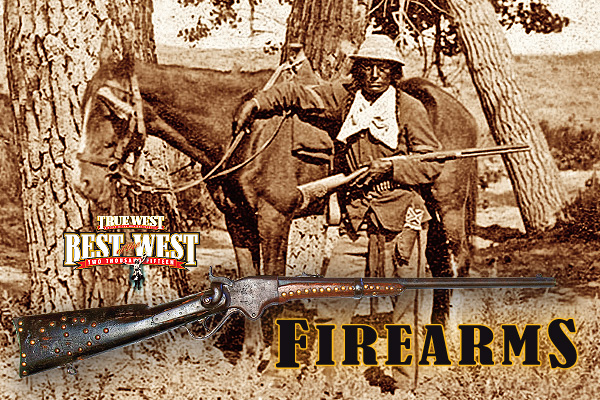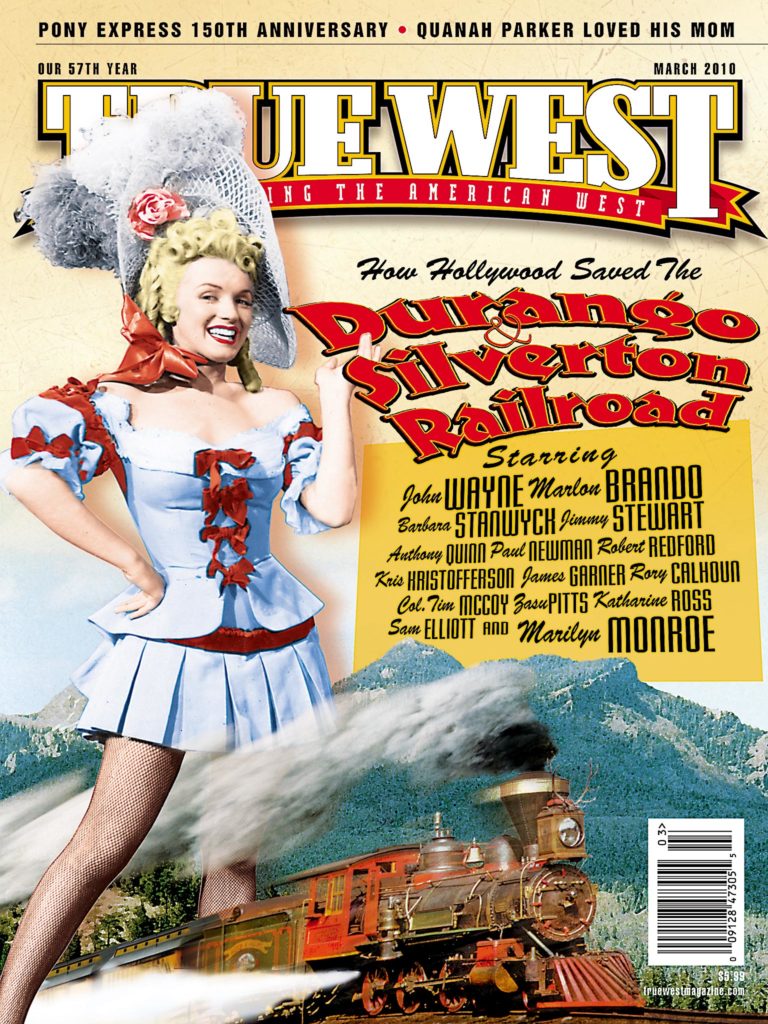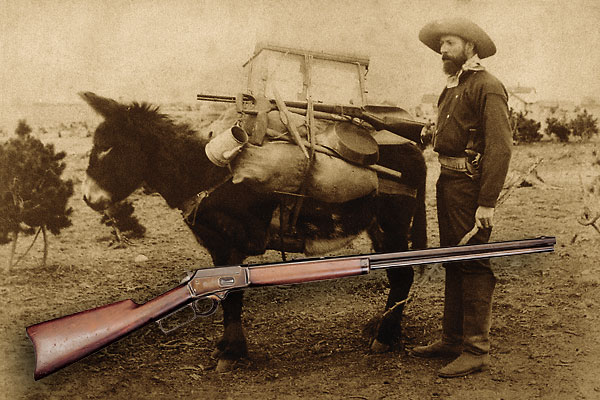
“Aim at a high mark” was the motto adopted (even copyrighted) by the legendary female sharpshooter Annie Oakley, reflecting her lifelong quest for excellence in shooting, as well as in her personal life.
It could be said that the Marlin Firearms Co. has produced firearms that shot for the same high mark as Annie Oakley’s. She not only used several various Marlins, she was one of the company’s favorite shooters, having been gifted with at least two highly ornate presentation rifles by Marlin.
By the time of the introduction of Marlin’s 1894 model, besides the admiration of “Little Sure Shot,” this highly respected firearms manufacturer also included among its most notable devotees: Wild West show sharpshooter Frank Miller, exhibition shooters Capt. A.H. Hardy and Mr. and Mrs. Gus Peret, and, in the mid-20th century, Colonel Larson (the only professional shooter on the Marlin payroll).
Around July of 1894, in a bold attempt to grab sales from the rifle giant of the late 19th century, Winchester, Marlin introduced its new smokeless powder rifle that, despite a checkered production history, would become one of America’s classics—one that more than 115 years later is still being produced.
Featuring a new locking bolt and a two-piece firing pin, Marlin’s Model 1894 was a short-action rifle chambered for the favored interchangeable rifle and handgun cartridges of the era. Made to rival the 1892 Winchester, Marlin’s 1894 was similarly chambered for the .44-40, .38-40 and .32-20 cartridges, with a .25-20 chambered version introduced that November. In keeping with Marlin’s other lever actions, starting with the company’s popular Model 1889, the new 1894 incorporated the improved side ejection system; this made it possible for the firearm to be flat at top to mount a scope, which was more of a difficulty on traditional Winchesters.
The precision workmanship and beautiful finish found in Marlin repeaters did not go unnoticed, and the guns sold well. From the time of the Model 1894’s inception to 1906, more than 46,000 of that model’s rifles, carbines and muskets left the factory, finding their way to hunting and mining camps, as well as in the saddle scabbards of good and bad men alike.
The Model 1894 was available in a variety of barrel lengths and magazine styles (short, half and full length), special takedown models, lightweight rifles and baby carbines, as well as with a host of other options such as engraving, checkered stocks and deluxe wood. It remained in production until 1915, when the company fell into the hands of J.P. Morgan and other investors who reorganized it as the Marlin Arms Corporation and converted the factory to the production of machine guns for the First World War. With the armistice, the company fell on hard times, eventually going bankrupt in 1924.
When the new Marlin Firearms Corporation opened its doors in 1929, the 1894 was listed in the company’s catalog, though only limited manufacturing of some parts was undertaken. These newly produced parts were assembled with pre-WWI pieces in order to profit from warehoused stock of the model.
Production finally halted in 1935, but the model was given new life in 1969, when the “New Model 1894” was reintroduced in .44 Magnum. Since that time, almost 350,000 of the 1894 models have been produced in a variety of short cartridge chamberings—solid testimony to the ’94 Marlin’s popularity.
Thanks largely to the sport of cowboy action shooting, the 1894 Marlin is available today from MarlinFirearms.com in a number of variations and short-action calibers, such as the 1894 Cowboy, the 1894C and the 1894SS (stainless steel). Calibers include .38 Special, .357 Magnum, .44 Special, .44 Magnum and .45 Colt.


